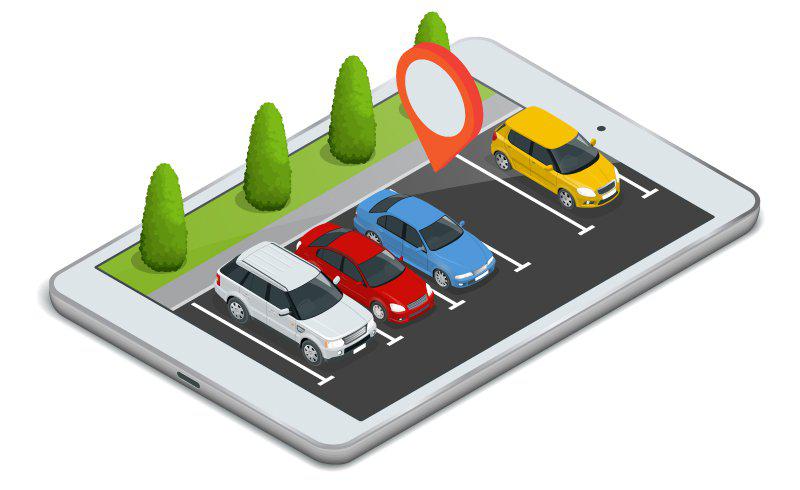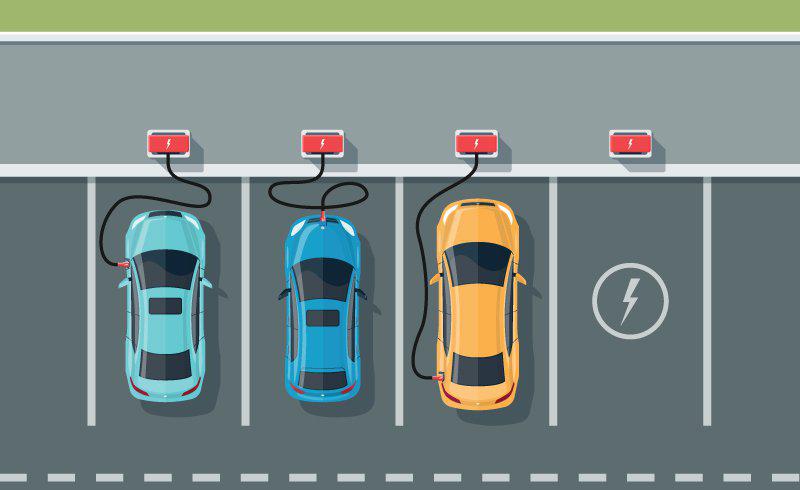The Big Drive to Make Car Parking More Versatile
Creating car parking space for new property developments in metropolitan and regional areas is a challenge for any local authority, and in the age of environmental awareness, there is pressure for car parking land to be multi-purpose.
Compared to other countries around the world, we are a country obsessed with car ownership. In Australia, there are an estimated 18.8 million vehicles on the road which is an 8% increase in the last four years. It’s rare to find a household in Australia with just one car, most own two. This coupled with frequent media headlines complaining of a lack of quality public transport services, means the issue of car parking space is always on the radar.
The demand for car parking

In a
recent article published by The Urban Developer, the question was asked why we need so much parking, with local authorities now demanding a certain amount of available parking for any new property or commercial development.
Just last year, mathematician Professor David Percy from Salford University in England came up with a formula which he claimed would make car parking more efficient. Car parking spaces are usually arranged at a 90-degree angle to the access lane, but by placing the bays at a 45-degree angle, more parking space would be freed up. He claims that by using this method, a large car park accommodating 500 cars would be able to add another 119 cars into the same space.
There will always be a need for car parking, but how can we maximise car parking opportunities?
Solar panels on car parks

There is a global move towards consumers and corporations being more socially responsible. In the corporate arena, larger organisations are actively looking to reduce their carbon footprint. In line with this, organisations that have large campus areas are looking for new ways to tick the environmental box.
An example is Northam Boulevard Shopping Centre about an hour east of Perth. Part of the upgrade to the centre includes a solar-powered car park and is a prime example of how car parking can have a dual purpose. This car park with 900 solar panels together with a roof mounted array provides 40% of the shopping centre’s annual power requirements, bringing down electricity bills for the owner and tenants.
A driver for this was the anchor tenant, Woolworths. It understood the need for a shaded car park area to encourage consumers to stay and shop longer in the knowledge their vehicles would be protected from Western Australia’s blazing heat. Owners of existing neighbourhood shopping centres and larger suburban centres all have the same need. Solar car park provides the opportunity for shade to improve amenity and customer satisfaction without owners having to incur a cost.
A wealth of opportunities
The developer of the solar car park in Northam, Perdaman Advanced Energy, is now moving into key regional areas. In the resources-rich Pilbara region for example, the hot and sunny climate, vast spaces and local infrastructure projects such as community sports centres make it an area where solar panels that provide shade makes practical, economic and environmental sense.
Following China’s lead

When it comes to renewable power, China is one of the most forward-thinking countries. A report published by the World Health Organisation in 2016 revealed that China was the world’s deadliest country for air pollution, and the country is tackling this problem by using renewables as a solution. From 2005 to 2016, deployment of solar power expanded 100-fold.
In east China’s Jiangxi Province, a mass of solar panels has been installed on top of a parking lot over an area of 69,000 square metres and generating enough electricity for 5000 households a year. The parking lot was already established and the panels were fitted within four months. The electricity was sold and fed into the local grid. China has now become the biggest producer of solar power in the world.
Tapping energy targets
The Government has set renewable energy targets which has encouraged the construction of utility scale projects, yet the opportunity for commercial and industrial property owners to leverage this incentive is vastly untouched. Much of Australia is bathed in sunlight. WA has long periods of sunlight with greater exposure than any other state, and Perth is recognised as the sunniest capital city in the world. We have so much commercial rooftop and uncovered car parking space - it is high-time we capitalise on this.
While Australia has always welcomed residential solar initiatives, we need to look at the greater potential for commercial projects. Community hubs, sports centres, sporting ovals, shopping centres, hospitals, aged care, schools and universities would all benefit from car parks with solar panel facilities. Turning otherwise dead space that turn cars into ovens into an asset that attracts customers, generates clean power and reduces costs.
About the author
Dominic Da Cruz is the managing director of Perdaman Advanced Energy. He has 20 years’ international consulting experience and has been involved in a range of clean energy projects as consultant and project director across government, property, education, manufacturing and not-for-profit sectors.














